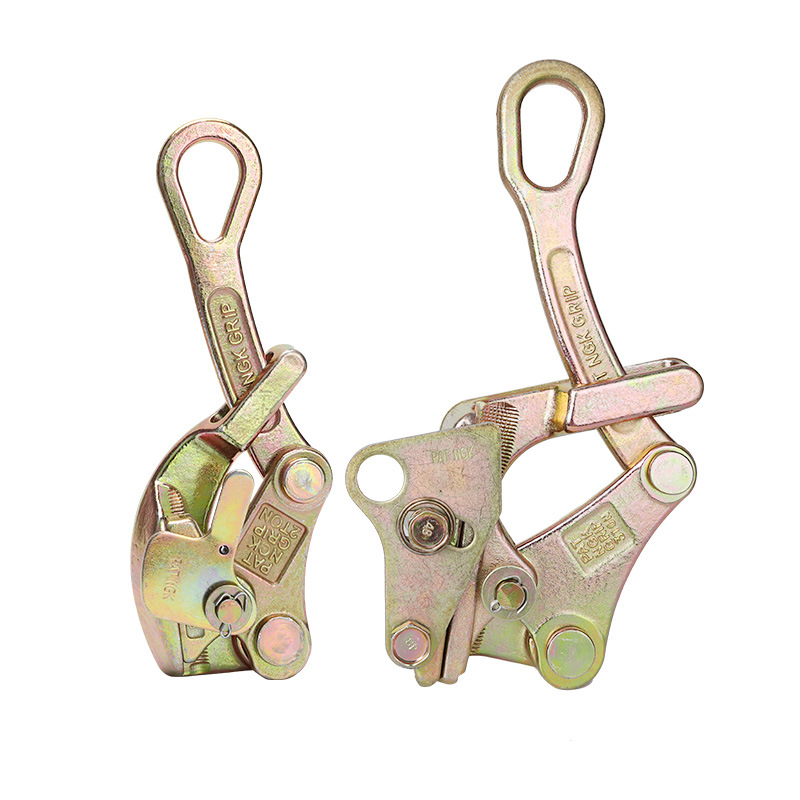
-
 Afrikaans
Afrikaans -
 Albanian
Albanian -
 Amharic
Amharic -
 Arabic
Arabic -
 Armenian
Armenian -
 Azerbaijani
Azerbaijani -
 Basque
Basque -
 Belarusian
Belarusian -
 Bengali
Bengali -
 Bosnian
Bosnian -
 Bulgarian
Bulgarian -
 Catalan
Catalan -
 Cebuano
Cebuano -
 Corsican
Corsican -
 Croatian
Croatian -
 Czech
Czech -
 Danish
Danish -
 Dutch
Dutch -
 English
English -
 Esperanto
Esperanto -
 Estonian
Estonian -
 Finnish
Finnish -
 French
French -
 Frisian
Frisian -
 Galician
Galician -
 Georgian
Georgian -
 German
German -
 Greek
Greek -
 Gujarati
Gujarati -
 Haitian Creole
Haitian Creole -
 hausa
hausa -
 hawaiian
hawaiian -
 Hebrew
Hebrew -
 Hindi
Hindi -
 Miao
Miao -
 Hungarian
Hungarian -
 Icelandic
Icelandic -
 igbo
igbo -
 Indonesian
Indonesian -
 irish
irish -
 Italian
Italian -
 Japanese
Japanese -
 Javanese
Javanese -
 Kannada
Kannada -
 kazakh
kazakh -
 Khmer
Khmer -
 Rwandese
Rwandese -
 Korean
Korean -
 Kurdish
Kurdish -
 Kyrgyz
Kyrgyz -
 Lao
Lao -
 Latin
Latin -
 Latvian
Latvian -
 Lithuanian
Lithuanian -
 Luxembourgish
Luxembourgish -
 Macedonian
Macedonian -
 Malgashi
Malgashi -
 Malay
Malay -
 Malayalam
Malayalam -
 Maltese
Maltese -
 Maori
Maori -
 Marathi
Marathi -
 Mongolian
Mongolian -
 Myanmar
Myanmar -
 Nepali
Nepali -
 Norwegian
Norwegian -
 Norwegian
Norwegian -
 Occitan
Occitan -
 Pashto
Pashto -
 Persian
Persian -
 Polish
Polish -
 Portuguese
Portuguese -
 Punjabi
Punjabi -
 Romanian
Romanian -
 Russian
Russian -
 Samoan
Samoan -
 Scottish Gaelic
Scottish Gaelic -
 Serbian
Serbian -
 Sesotho
Sesotho -
 Shona
Shona -
 Sindhi
Sindhi -
 Sinhala
Sinhala -
 Slovak
Slovak -
 Slovenian
Slovenian -
 Somali
Somali -
 Spanish
Spanish -
 Sundanese
Sundanese -
 Swahili
Swahili -
 Swedish
Swedish -
 Tagalog
Tagalog -
 Tajik
Tajik -
 Tamil
Tamil -
 Tatar
Tatar -
 Telugu
Telugu -
 Thai
Thai -
 Turkish
Turkish -
 Turkmen
Turkmen -
 Ukrainian
Ukrainian -
 Urdu
Urdu -
 Uighur
Uighur -
 Uzbek
Uzbek -
 Vietnamese
Vietnamese -
 Welsh
Welsh -
 Bantu
Bantu -
 Yiddish
Yiddish -
 Yoruba
Yoruba -
 Zulu
Zulu


செப் . 27, 2024 22:11 Back to list
Effective Solutions for Secure Cable Management with Safety Cable Clamps
Understanding Safety Cable Clamps Importance, Types, and Applications
Safety cable clamps play a critical role in various industries, providing security and stability to cable systems. As the reliance on electrical cables and lines increases in modern infrastructure, ensuring that these components are properly secured and maintained is essential. In this article, we will explore what safety cable clamps are, their importance, various types available, and their applications across different sectors.
What Are Safety Cable Clamps?
Safety cable clamps are devices designed to secure and support cables, preventing them from moving or being damaged. They are typically made from durable materials such as stainless steel, aluminum, or high-strength plastic, ensuring longevity and robustness. These clamps are vital in various environments where cables are exposed to dynamic forces, vibrations, or potential hazards that could lead to damage or disconnection.
Importance of Safety Cable Clamps
The primary purpose of safety cable clamps is to enhance safety and reliability in electrical and mechanical systems. Several reasons underscore their importance
1. Prevention of Cable Damage Cables can suffer wear and tear from friction, tension, and movement. Safety cable clamps alleviate these pressures by securing the cables and reducing the risk of abrasion or cuts. 2. Avoiding Performance Issues Loose or unsecured cables can lead to poor connections, intermittent signals, or total failure of systems, especially in critical operations such as data centers or manufacturing facilities.
3. Safety Compliance Many industries are subject to stringent safety regulations. Using safety cable clamps ensures compliance with these regulations, reducing the risk of costly penalties or accidents.
4. Enhanced Longevity Properly secured cables experience less wear, thus extending their operational lifespan. This translates to lower maintenance costs and reduced downtime.
Types of Safety Cable Clamps
There are several types of safety cable clamps, each designed for specific applications and environments
1. Single Bolt Cable Clamps These are simple clamps that use a single bolt to secure the cable. They are easy to install and are ideal for lighter applications.
safety cable clamps

2. Double Bolt Cable Clamps These clamps provide extra security with two bolts, making them suitable for heavier cables and high-stress environments.
3. Adjustable Cable Clamps These clamps allow for adjustment, accommodating various cable sizes. They are versatile and commonly used in multiple industries.
4. Locking Cable Clamps Featuring a locking mechanism, these clamps ensure that cables are firmly secured and cannot be easily disengaged, making them ideal for high-security applications.
5. Specialty Cable Clamps Some clamps are designed for specific purposes, such as weather-resistant materials for outdoor use, or insulated clamps for electrical applications.
Applications of Safety Cable Clamps
Safety cable clamps are found in various applications across multiple industries
- Construction Used to secure electrical cabling, ensuring safety on job sites. - Manufacturing In factories, they help in safeguarding cables that power machines and equipment.
- Telecommunications They support and secure wiring systems essential for communication networks.
- Automotive In vehicles, they are used to secure electrical wiring and components to prevent disconnections.
- Marine Safety cable clamps are critical in boats and ships, where cables are subject to movement and environmental factors.
Conclusion
In conclusion, safety cable clamps are indispensable components in numerous sectors, enhancing safety, reliability, and efficiency in cable management. By understanding their importance, types, and applications, businesses can make informed decisions about the right clamps for their specific needs. Whether in construction, manufacturing, or telecommunications, investing in high-quality safety cable clamps ensures that cable systems function optimally and safely, ultimately contributing to overall operational success.
Latest news
duct-rodders-and-conduit-rod-tools
NewsAug.22,2025
ratchet-pullers-and-wire-tightening-tools
NewsAug.22,2025
chain-ratchet-pullers-and-hoist-solutions
NewsAug.22,2025
telescopic-hot-stick-for-electrical-and-high-voltage-use
NewsAug.22,2025
cable-clamp-and-insulated-cable-clamp-systems
NewsAug.22,2025
duct-rodder-conduit-rodder-and-cable-solutions
NewsAug.22,2025








